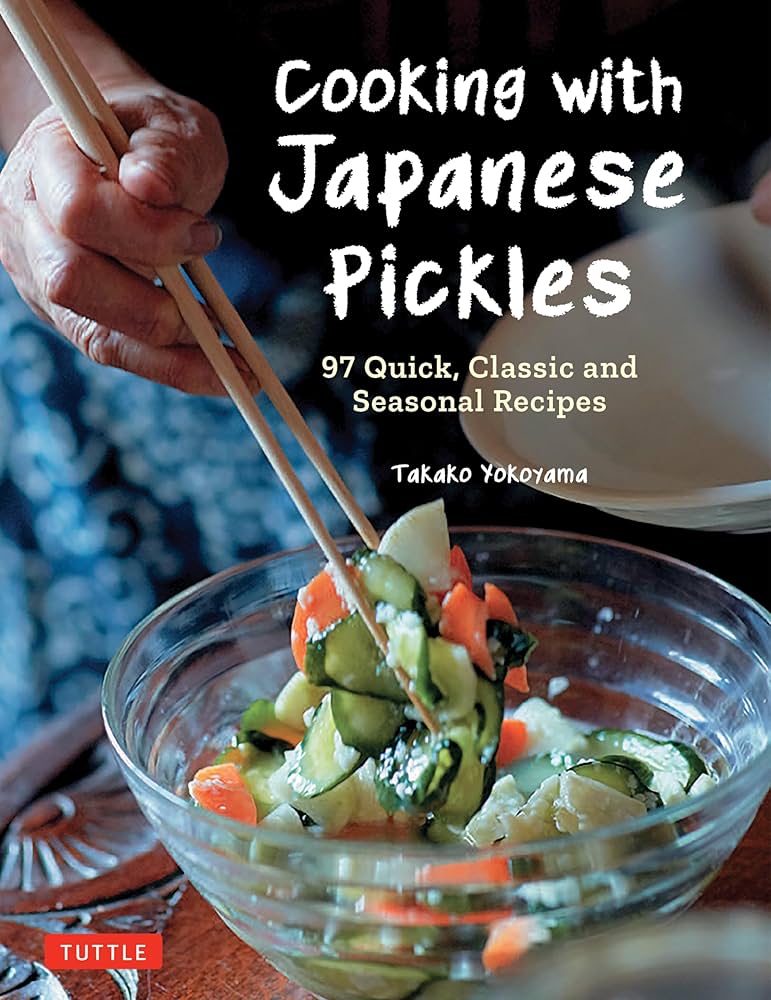The Pickling Enthusiast’s Guide to Gardening
==============================================
As the seasons change and the weather warms up, many of us are eager to get outside and start gardening. But for the pickling enthusiast, gardening is about more than just growing beautiful flowers or tasty vegetables - it’s about cultivating the perfect ingredients for your next big batch of pickles.
The Importance of Fresh Ingredients
When it comes to making pickles, the quality of your ingredients is crucial. Fresh, crunchy vegetables are essential for creating that perfect snap when you bite into a pickle. But how do you ensure that your vegetables are at their best? The answer lies in your gardening techniques.
‘The freshness of the vegetables is what makes or breaks a good pickle,’ says Jane Doe, pickling expert. ‘If you’re using old, wilted vegetables, your pickles will never be as good as they could be.’
Preparing Your Soil
Before you can start growing your pickling vegetables, you need to prepare your soil. This means testing the pH levels, adding in nutrients and compost, and making sure the soil is well-drained. By taking the time to prepare your soil, you’ll be rewarded with healthy, thriving plants that will provide you with the best possible ingredients for your pickles.
Preparing your soil is essential for growing healthy vegetables
Choosing the Right Vegetables
When it comes to choosing the right vegetables for pickling, there are a few things to keep in mind. You want to choose vegetables that are firm, crunchy, and full of flavor. Some popular choices for pickling include cucumbers, carrots, and beets.
Cucumbers are a classic pickling choice
Tips for Growing the Perfect Pickling Vegetables
- Make sure your vegetables are getting enough sunlight - most vegetables need at least 6 hours of direct sunlight per day.
- Keep your soil consistently moist - but not too wet. Vegetables need water to grow, but too much water can be detrimental.
- Use a variety of vegetables to add depth and interest to your pickles.
By following these tips and techniques, you’ll be well on your way to growing the perfect pickling vegetables. Happy gardening!
Conclusion
Gardening is a fun and rewarding hobby, and for the pickling enthusiast, it’s an essential part of the pickling process. By taking the time to prepare your soil, choose the right vegetables, and use the right techniques, you’ll be able to create delicious, crunchy pickles that will impress even the most discerning palate.















